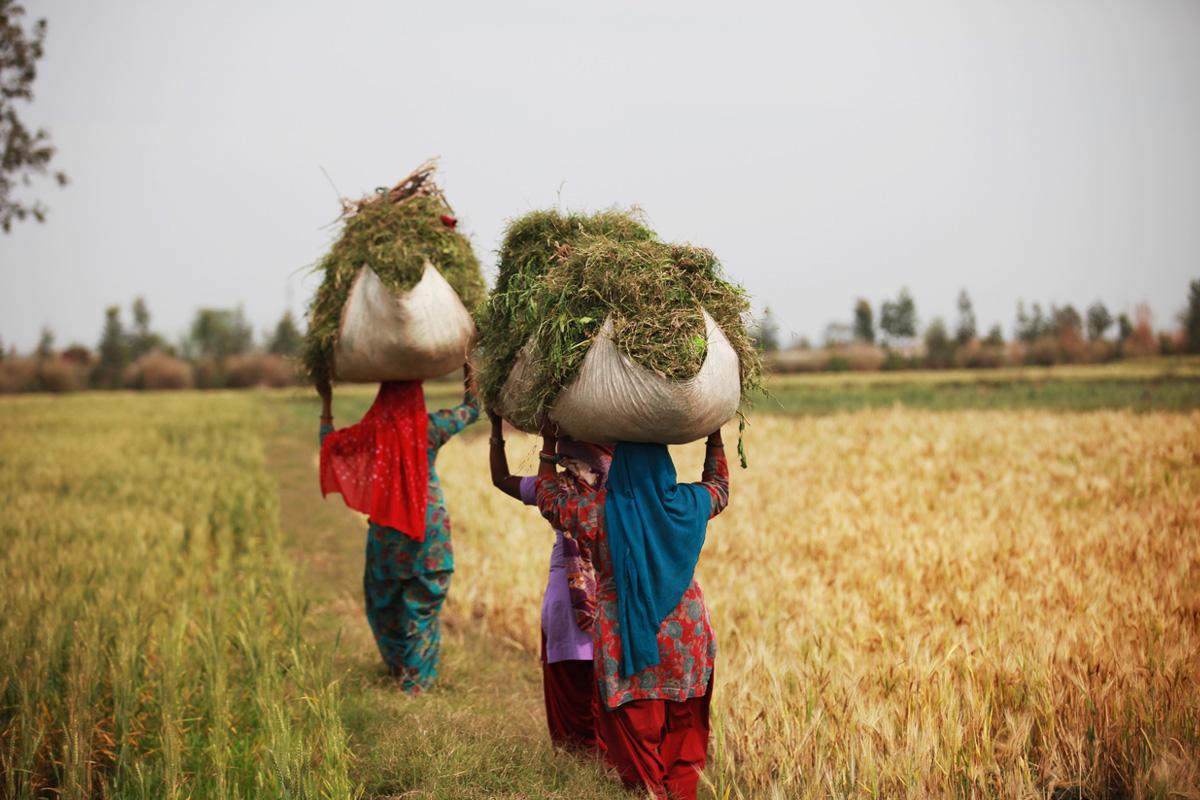Technology is always a twoedged sword. It will bring in many benefits, but also many disasters. ~ Alan Moore Science encompasses the systematic study of the structure and behaviour of the physical and natural world through observation and experiment, and technology is the application of scientific knowledge to solve our practical problems and carry out our tasks. Technology has had a profound influence on human civilisation and will continue to do so in the future.
The scientific revolution was made possible by the printing press, the industrial revolution by the steam engine, escape from famine by increased farm yields through the so-called ‘Green Revolution’. Today’s era of globalisation has been accomplished with the spread of computers and internet. Indeed, technology is the key to progress. As we seek solutions to some to the world’s toughest problems, they too, are likely to be found at least in part, in new technologies that can resolve old and seemingly intractable problems.
Sir Arthur C. Clarke aptly said: ‘Any sufficiently advanced technology is equivalent to magic.’ When humankind takes possession of a new and previously unimaginable technology, the experience often creates a mixture of exhilaration, trepidation and challenges. The idea that we will find technical fixes for each of our problems is widespread. This is a tribute to human inventiveness and optimum as well as a tribute to mindless media reporting that hails an endless succession of technological ‘breakthroughs’.
But contrary to such popular belief, technology ultimately is not an unmixed blessing. All technological change is a tradeoff and may be better termed as a Faustian bargain. For every advantage a new technology offers, there is always a corresponding disadvantage. All advantages and disadvantages are unevenly distributed among the population. Some are benefited, while some others are harmed. Technological change is ecological. The consequences of the changes are always vast, often unpredictable and largely irreversible.
Bertrand Russell once warned that ‘ unless men increase in wisdom as much as in knowledge, increase of knowledge will be increase of sorrow.’ Let us take the case of India’s Green Revolution. The popular narratives suggest that the Green Revolution led to a substantial increase in agricultural output to the extent that it almost solved India’s food problem and transformed the country to self-reliance from a ‘ship to mouth’ situation. Consequently, the country was saved from the brink of famine and destitution.
Moreover, in purely economic terms, the agricultural sector experienced growth at the rate of 3 to 5 per cent per annum, which was many times more than what it had been during the colonial period ( less than one per cent). It also accomplished social and political changes in the Indian villages. Above all, the productivity- centered paradigm consolidated as part of the Green Revolution has continued to be the model for all agrarian situations. The Green Revolution transformed agriculture peacefully through evolving high-yielding varieties (HYV) seeds of wheat and rice by quiet application of science and technology ~ plant breeding or genetic engineering ~ rather than using a wide range of seed varieties across multiple crops that would fit into different agro-ecological niches.
However, the Green Revolution was just the use of HYV seeds. It was a package. It was perceived as an industry model. To enable the new varieties of seeds to express their yield potential to the highest possible degree, the new varieties of inputs, i.e. chemical fertilisers, control irrigation conditions and plant protecting chemicals (pesticides, weedicides etc.) were used. This practice put farmers in the race of against nature. They have to constantly catch up with the newly evolving pests and weeds, and deal with the declining fertility of soil.
The other components of the package consisted of providing cheap institutional credits, price incentives and marketing facilities. In order to back up the application of new technology on the local farms, a number of agricultural universities were opened in the regions selected for the new programme. It has been argued that the new technology adopted in the Green Revolution was ‘scale neutral’ and could not be used with as much benefit by the small, as by the big farmers.
The ‘Green Revolution’ has turned into a ‘Greed Revolution’. While big farmers had enough surplus of their own to invest on the new capital-intensive farming, for the smaller farmers it meant additional dependence on borrowing, generally from the informal sources at 60 -70 per cent interest. In order to clear the debts, they had no choice but to sell the firm yield immediately after harvesting when the prices were relatively much low and bought later in the year for consumption at higher prices. As a consequence of the agrarian crisis, small and marginal farmers committed suicide since 1990s.
Excessive use of chemical fertilisers has turned the verdant lands poisonous. Water mining has dried the aquifers leading to the expansion of desert, and chemical fertilisers and pesticides have played havoc with the environment and human health. With inputs prices climbing up year after year and the output prices remaining static farmers, specially marginal and small farmers, have become a victim of the same economic policies that projected them as the country’s heroes.
Agriculture has turned not only unsustainable but economic unviable. The Green Revolution model was never designed to solve the problems of hunger and famine, which is primarily shaped by inequity in access to food. All it gave was more on wheat, which did not even form the staple diet of the majority of Indians at that time. Moreover, it did not make India self-sufficient in food, but only in wheat and rice, and that too at the cost of the rest of our plate. Ironically, the self-sufficiency in two cereals came at the cost of another form of dependence ~ the import of rock phosphate for fertiliser and petroleum for irrigation pumps and tractors.
Depending on these non-renewable and fast depleting resources has made agriculture a carbon-emitting sector impacting the climate. Chemical fertiliser and pesticides are polluting the environment and contaminating food. The Green Revolution in Punjab was a landmark event in the 1960s and 1980s. Now the state is in the news again due to the high incidence of cancer caused by contamination of food and waterbodies. Agriculture in India is now beset with paradoxes. The country leads world production of milk and buffalo meat and is second to wheat, sugar, fruit and vegetables.
Tragically, India also leads in the world in the number of farmer suicides. This is a symptom of the agrarian crisis. While the crop yields have increased over time, farm incomes have stagnated or have declined. High dependence on purchased external inputs ~ seeds, fertilisers, pesticides and irrigation water ~ is coupled with increased indebtedness, which means that Indian farmers are experiencing a loss of agency and deskilling. The conventional approach opened before the distressed farmers is more technology. Any agriculture is unnatural. There is no agriculture in Nature, even if it is 80 per cent organic. It is still unnatural.
All types of agriculture are a cultivated system that causes the destruction, depletion and devastation to the biosphere and its natural resources to meet the rapacious needs of the social order based on power, greed, profit and exploitation, which deprives a majority of the world’s people of their basic necessity of life and human dignity. However, agriculture is absolutely necessary If it is to be sustainable, then it should be as near an approximation to Nature and governed by laws that operate in and govern Nature. In the words of Mahatma Gandhi, ‘Earth (Nature) provides enough to satisfy every man’s need, but not for every man’s greed.’
(The writer is a retired IAS officer)











